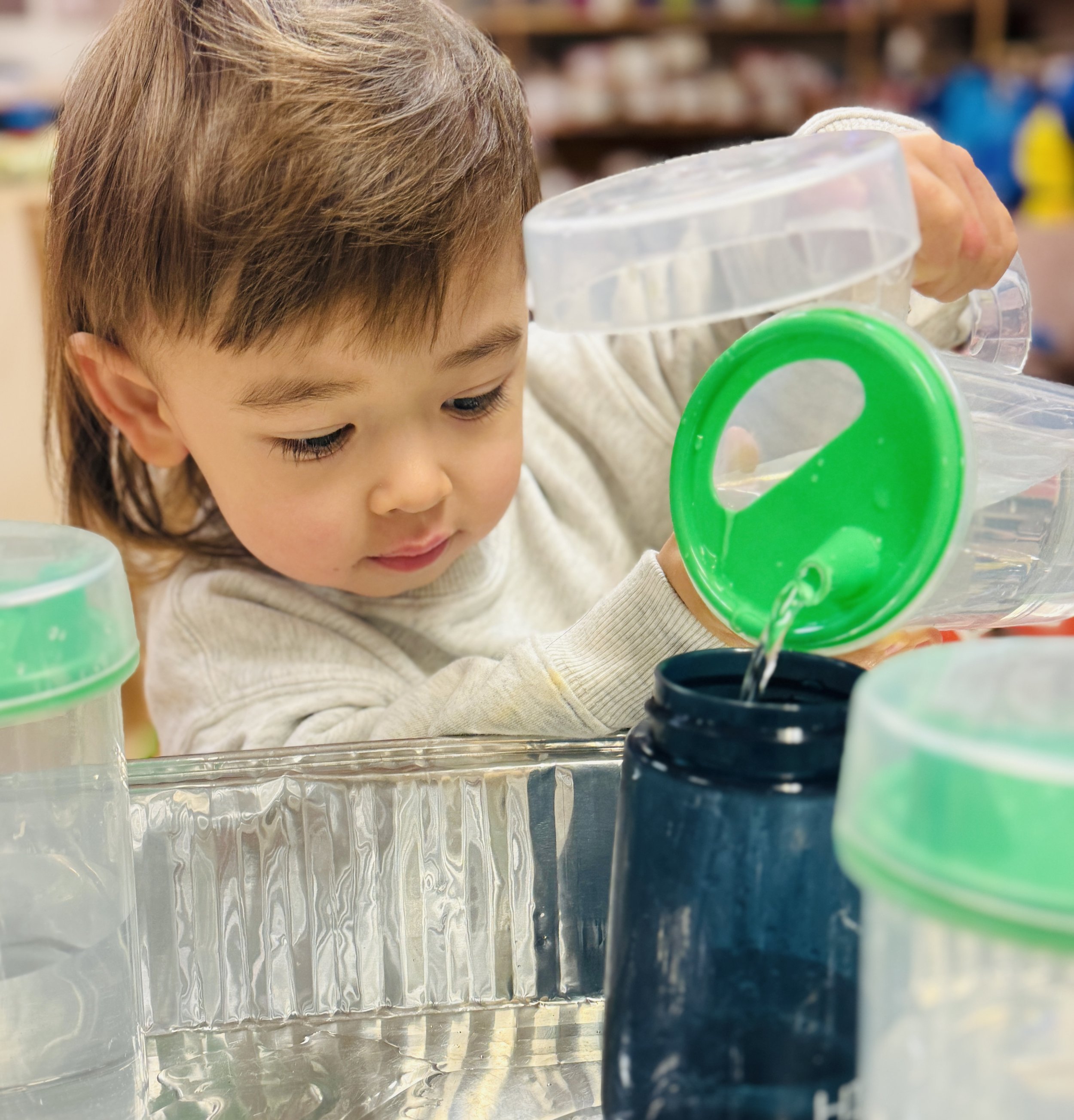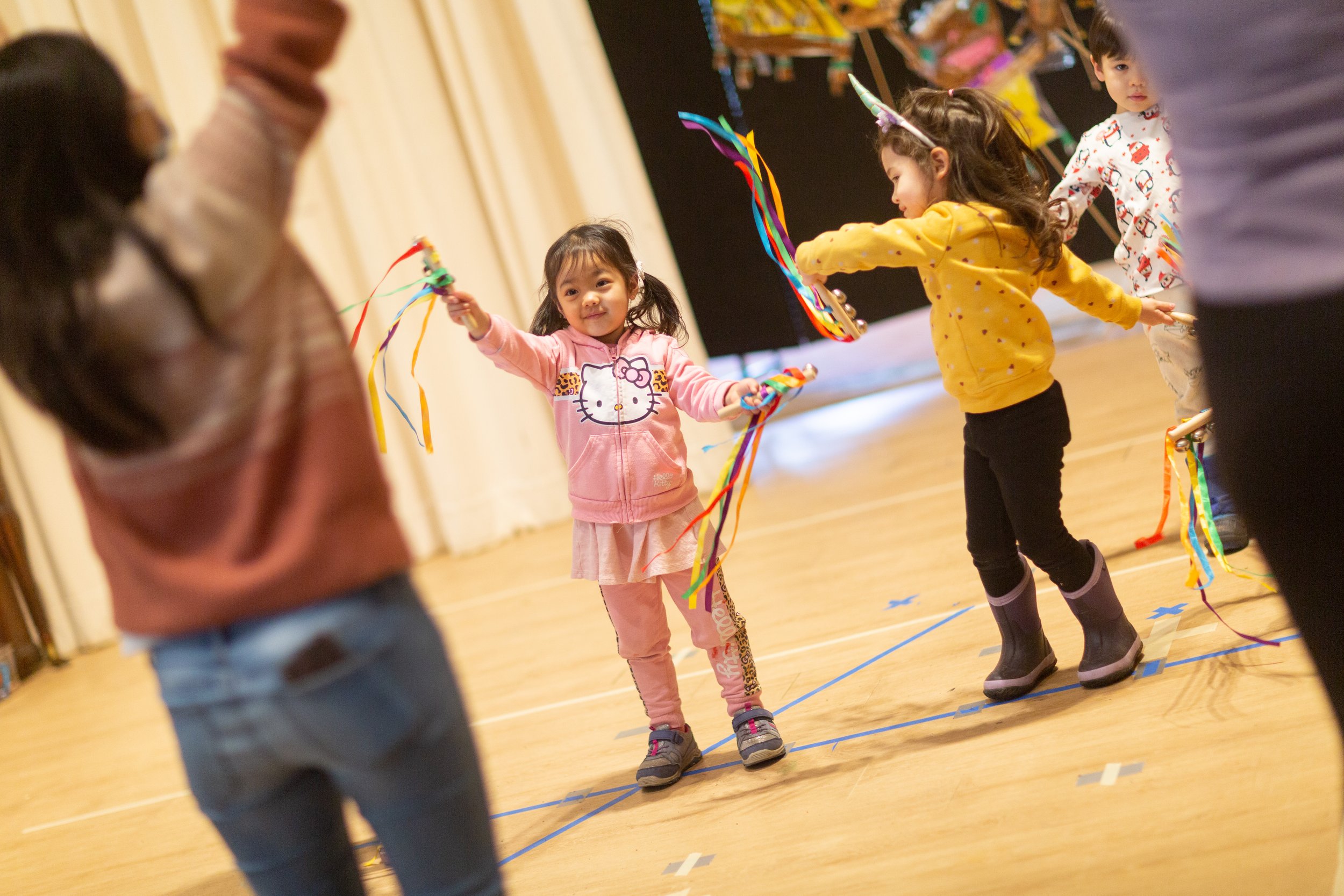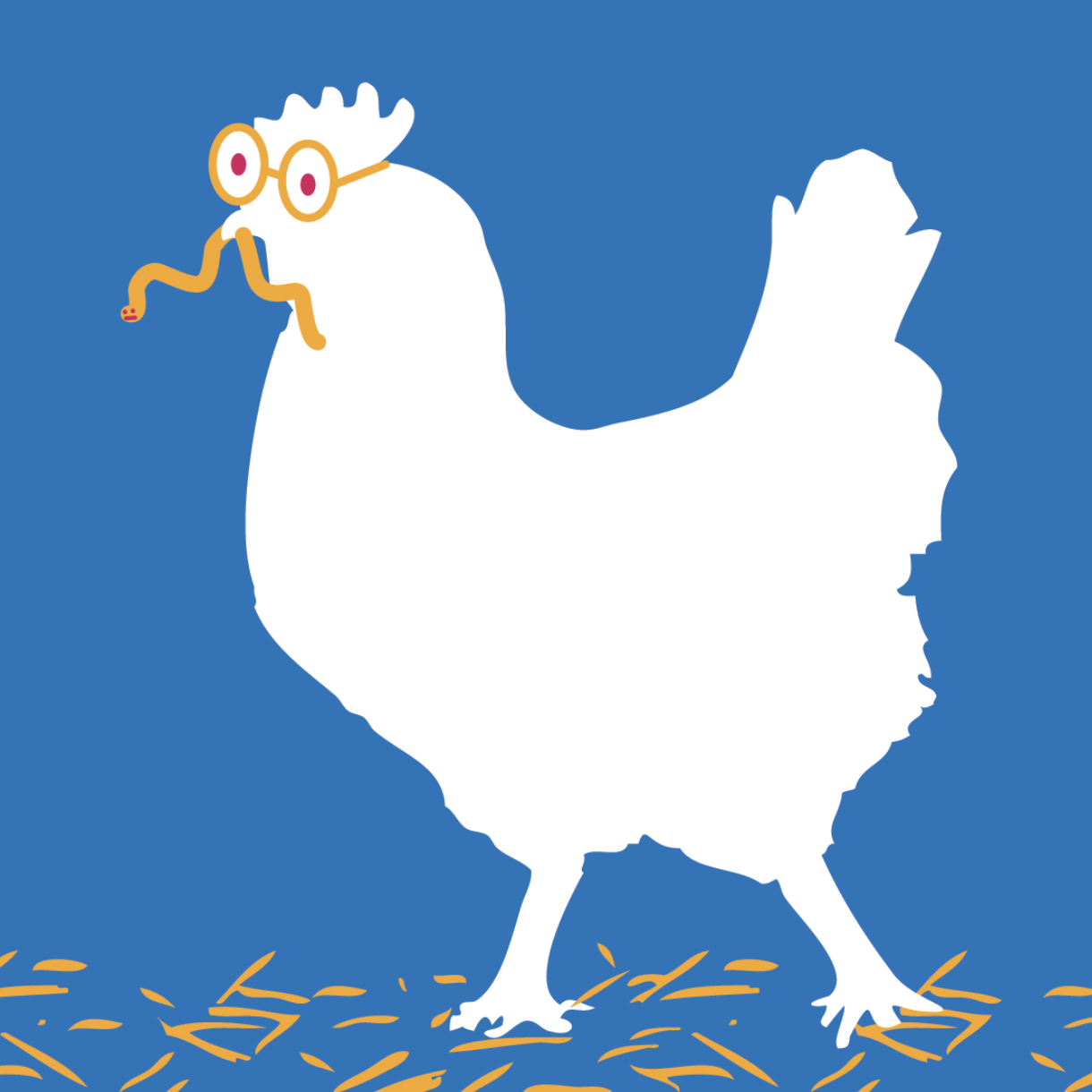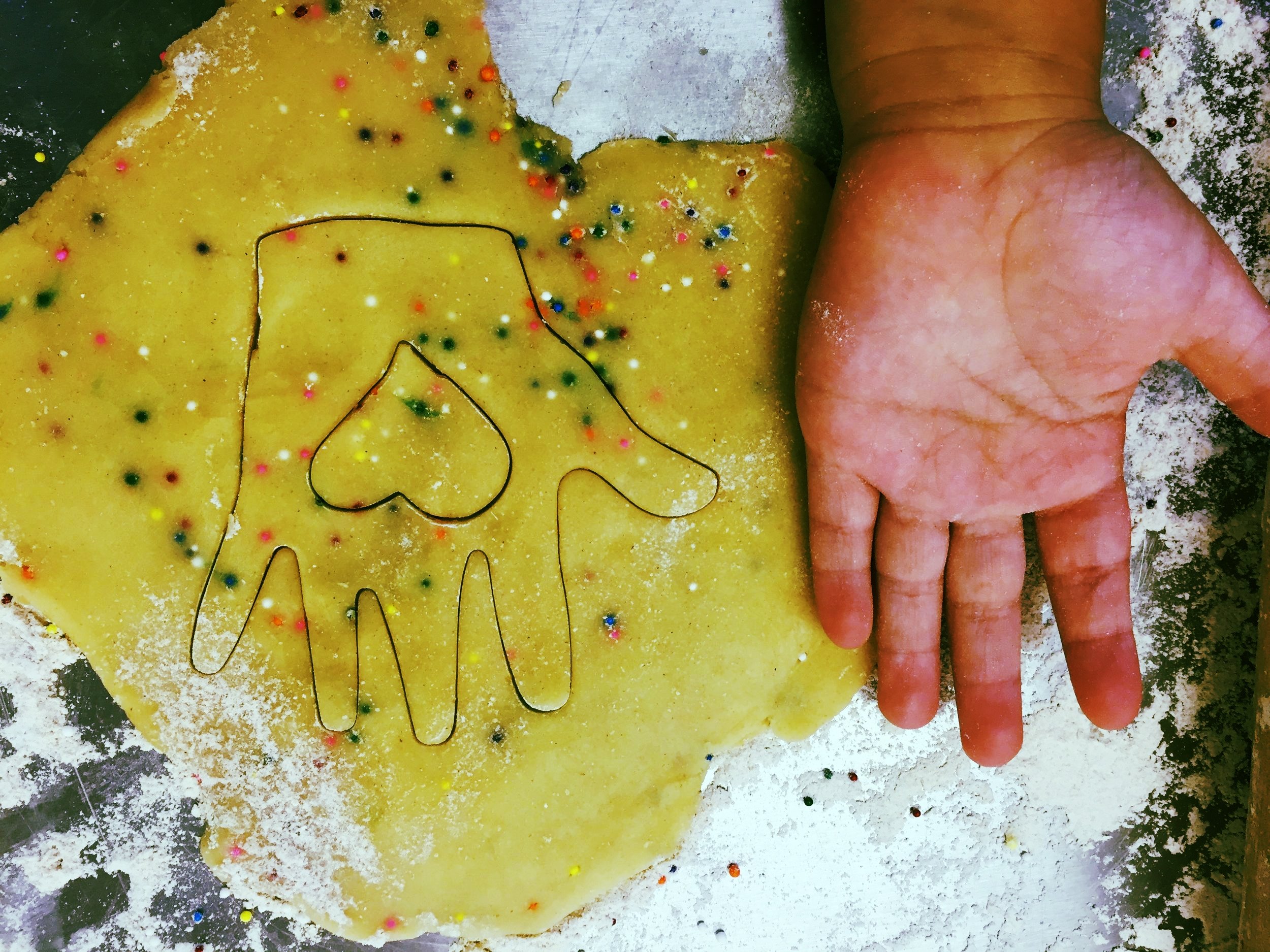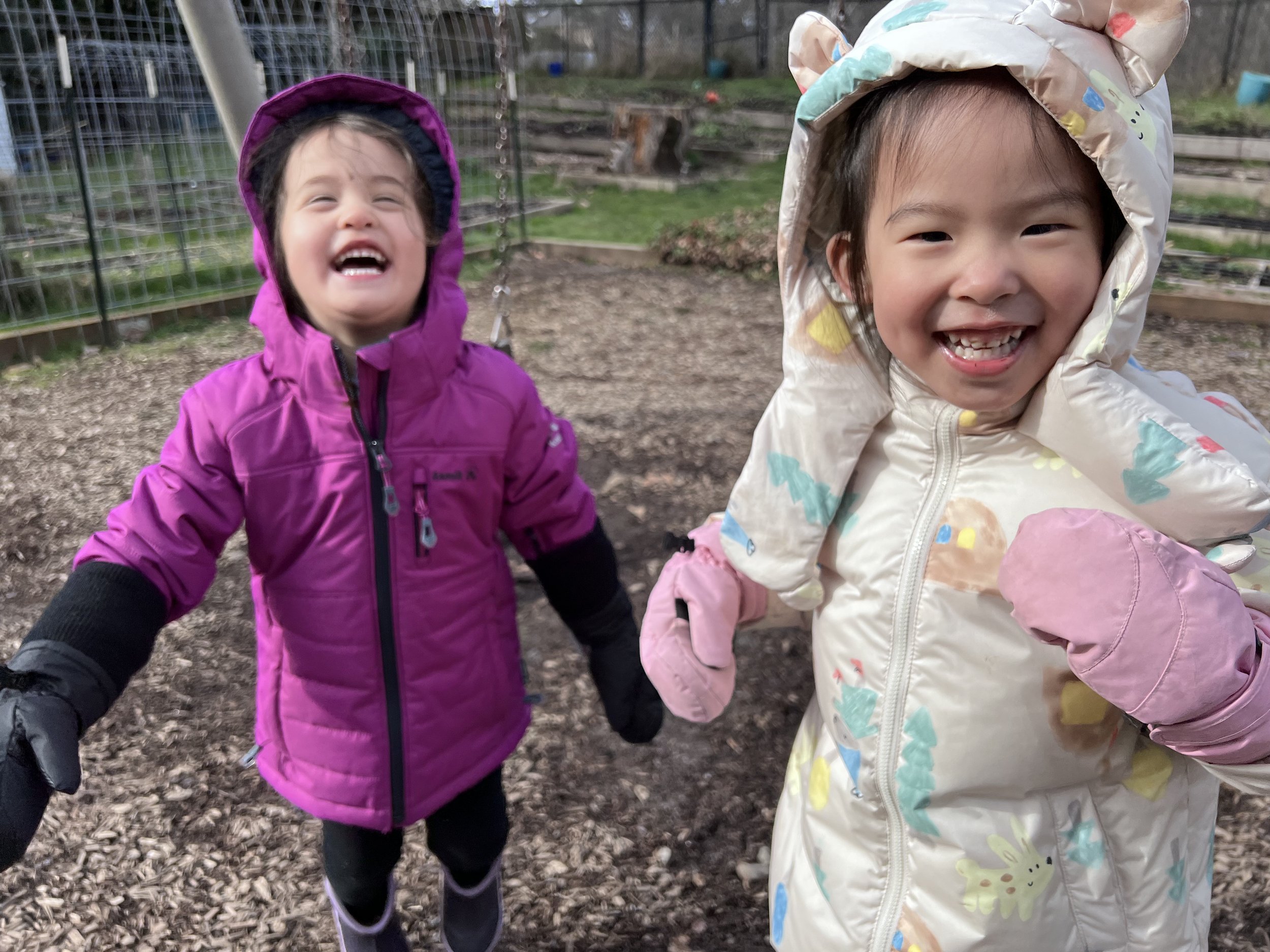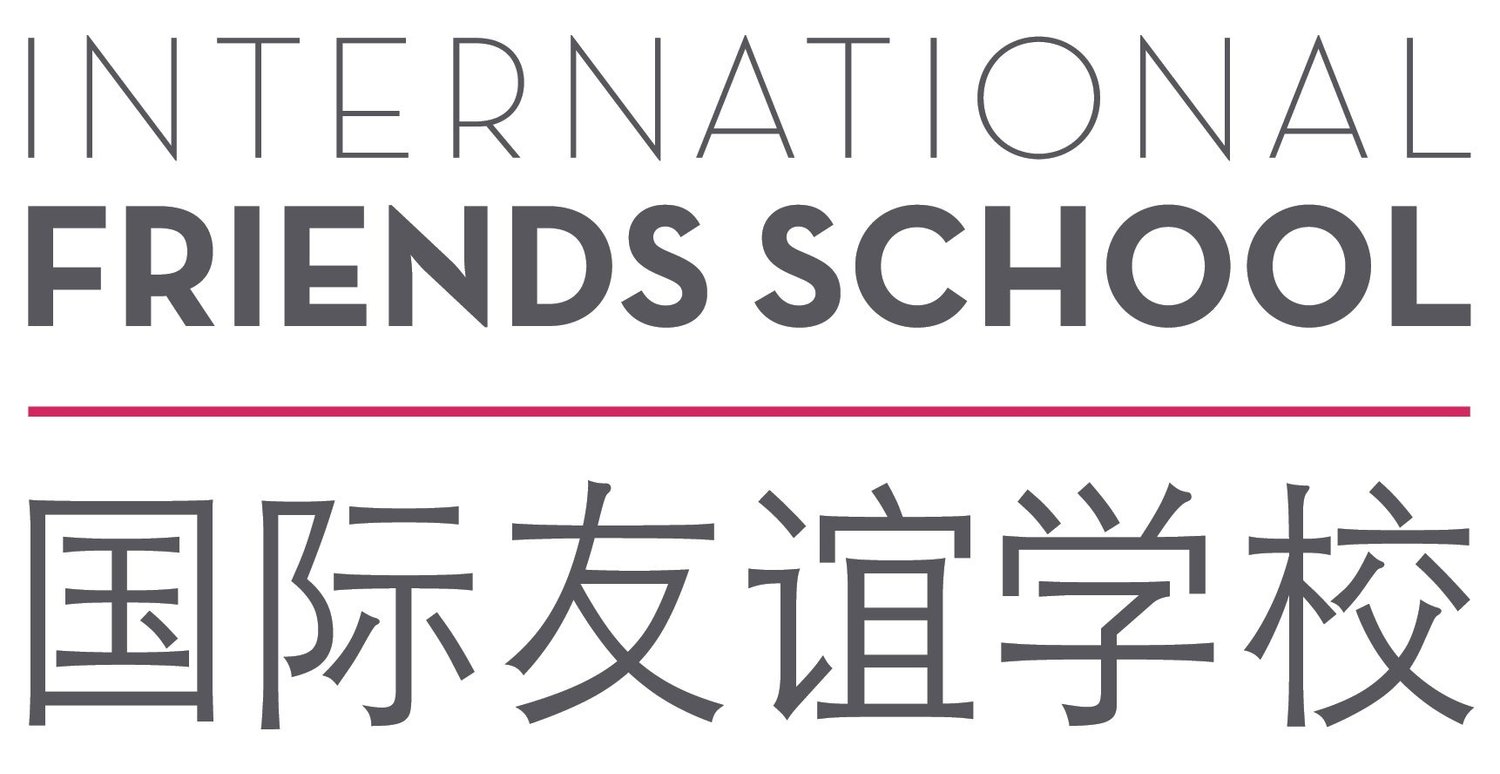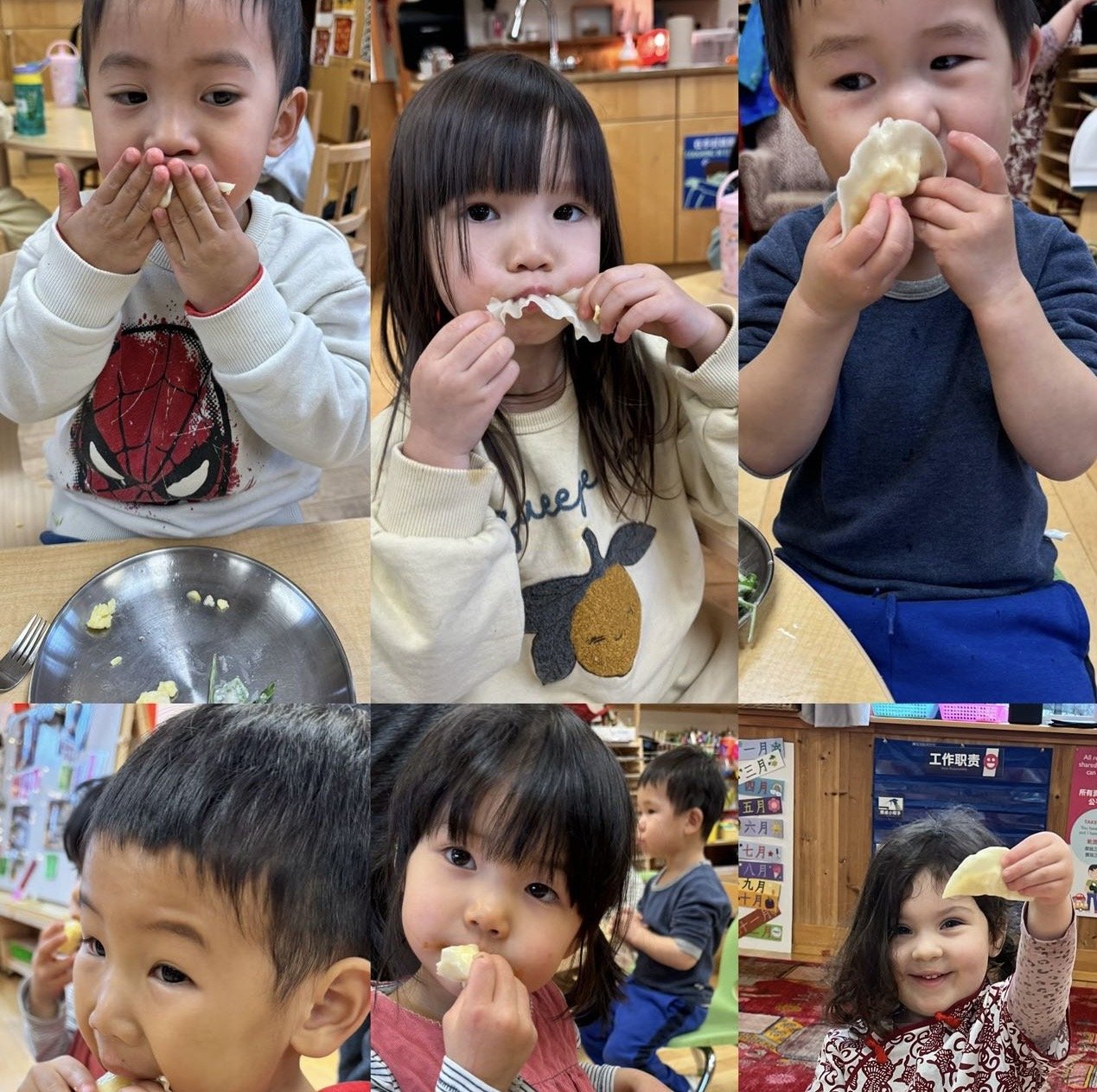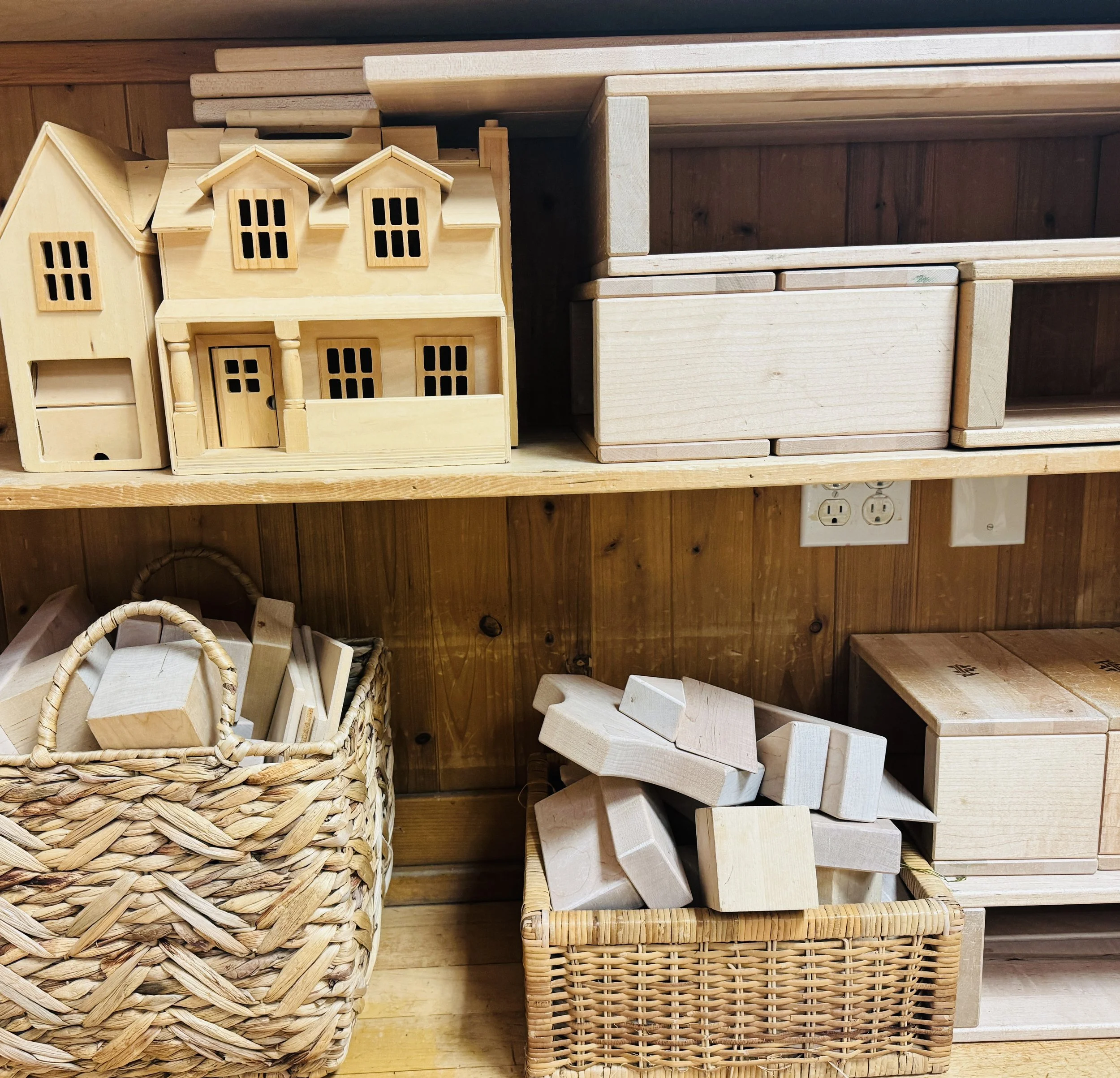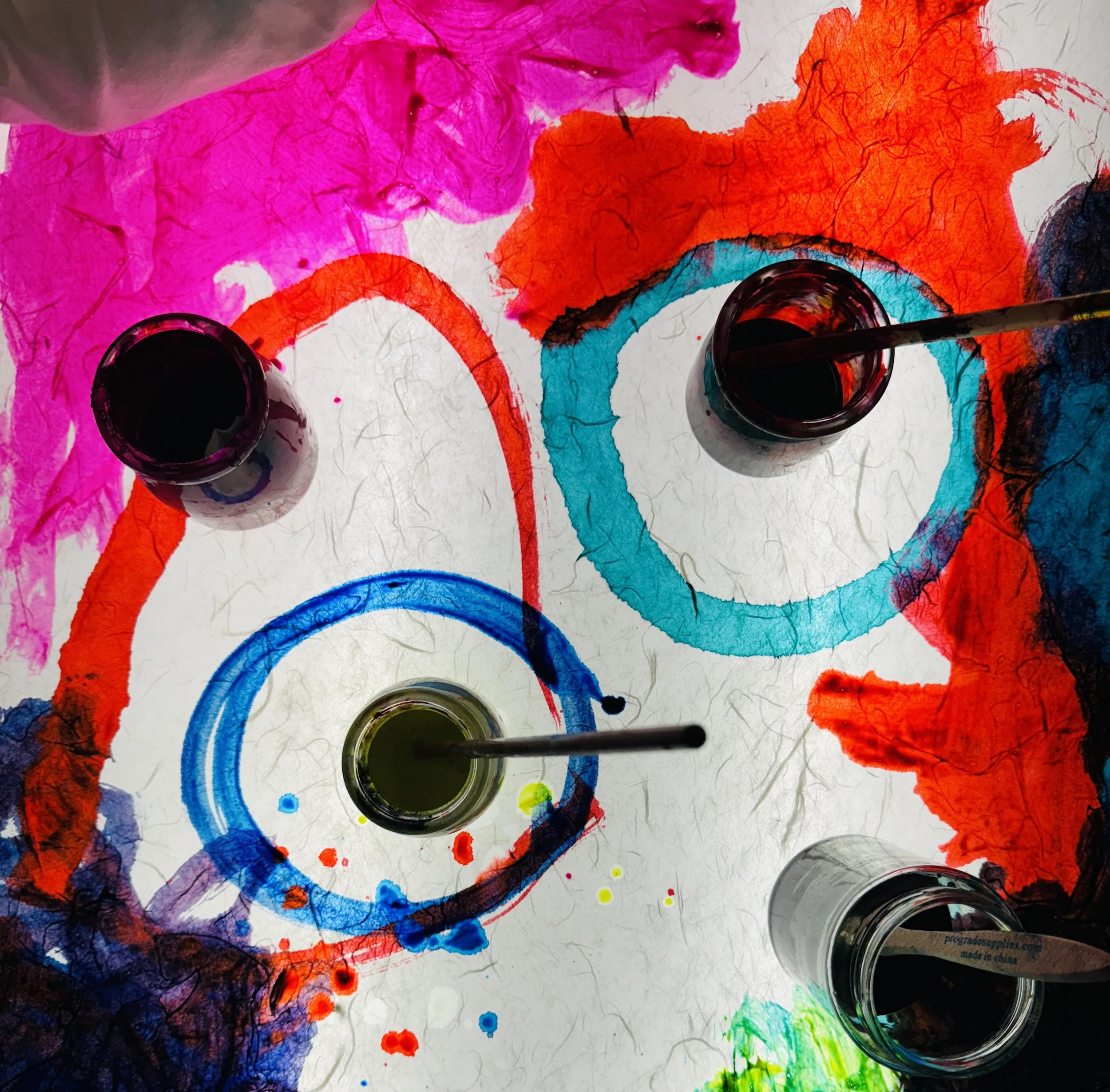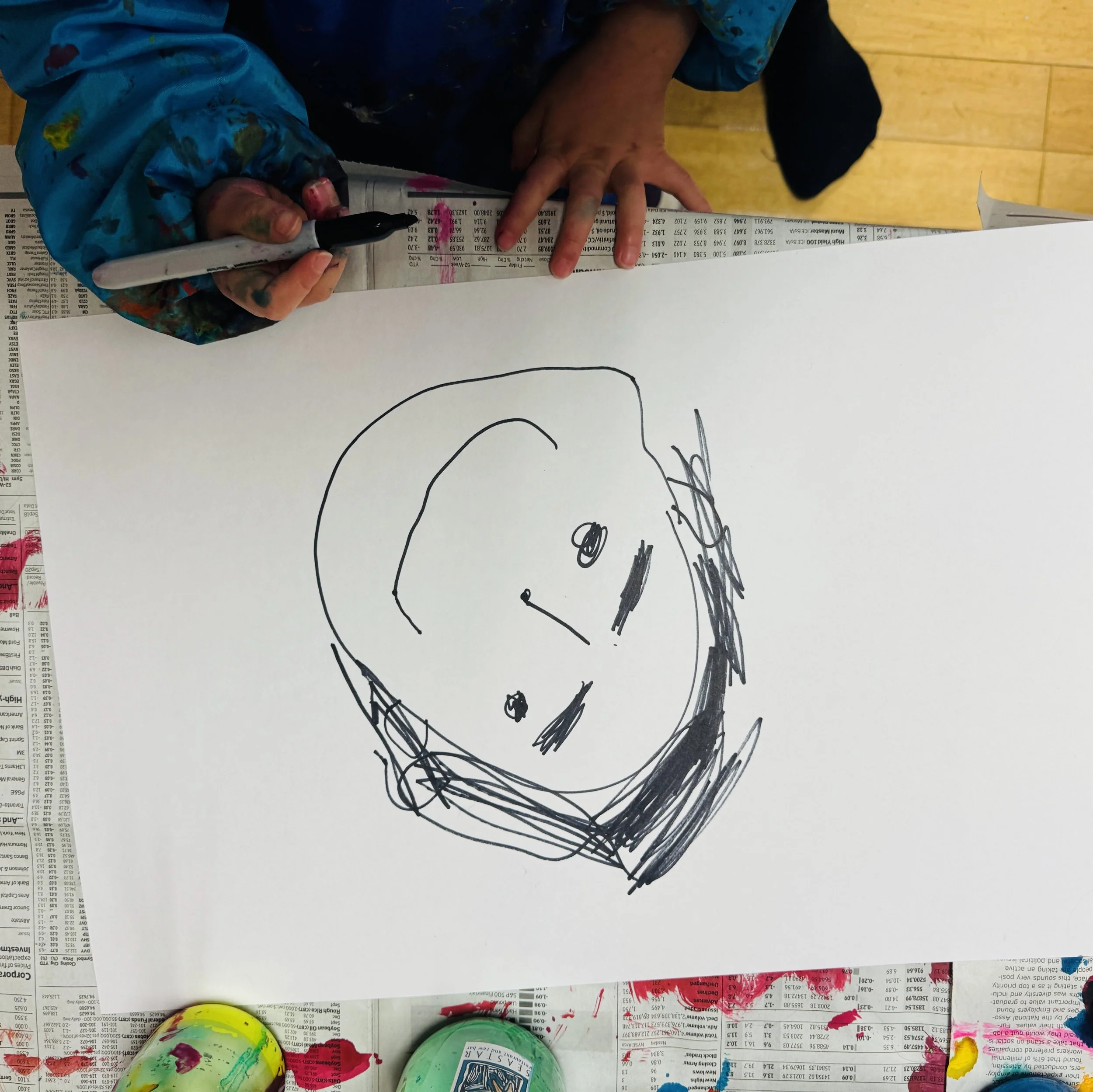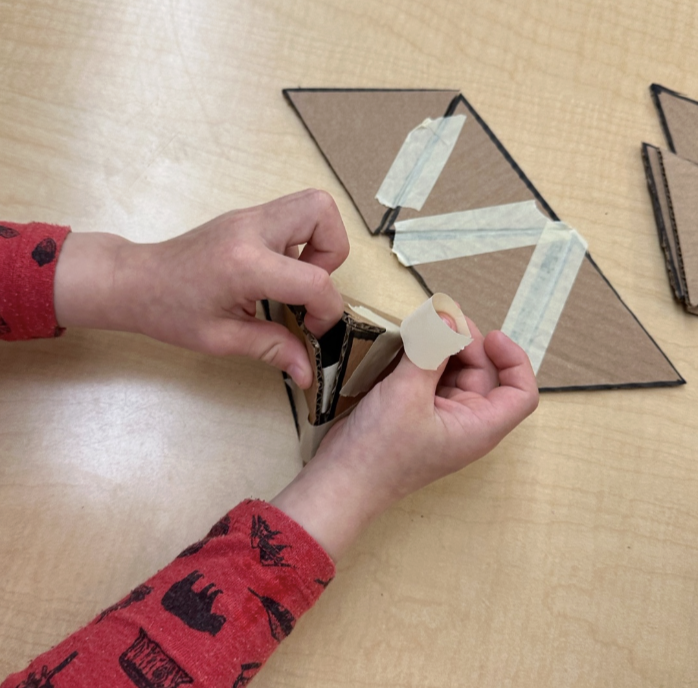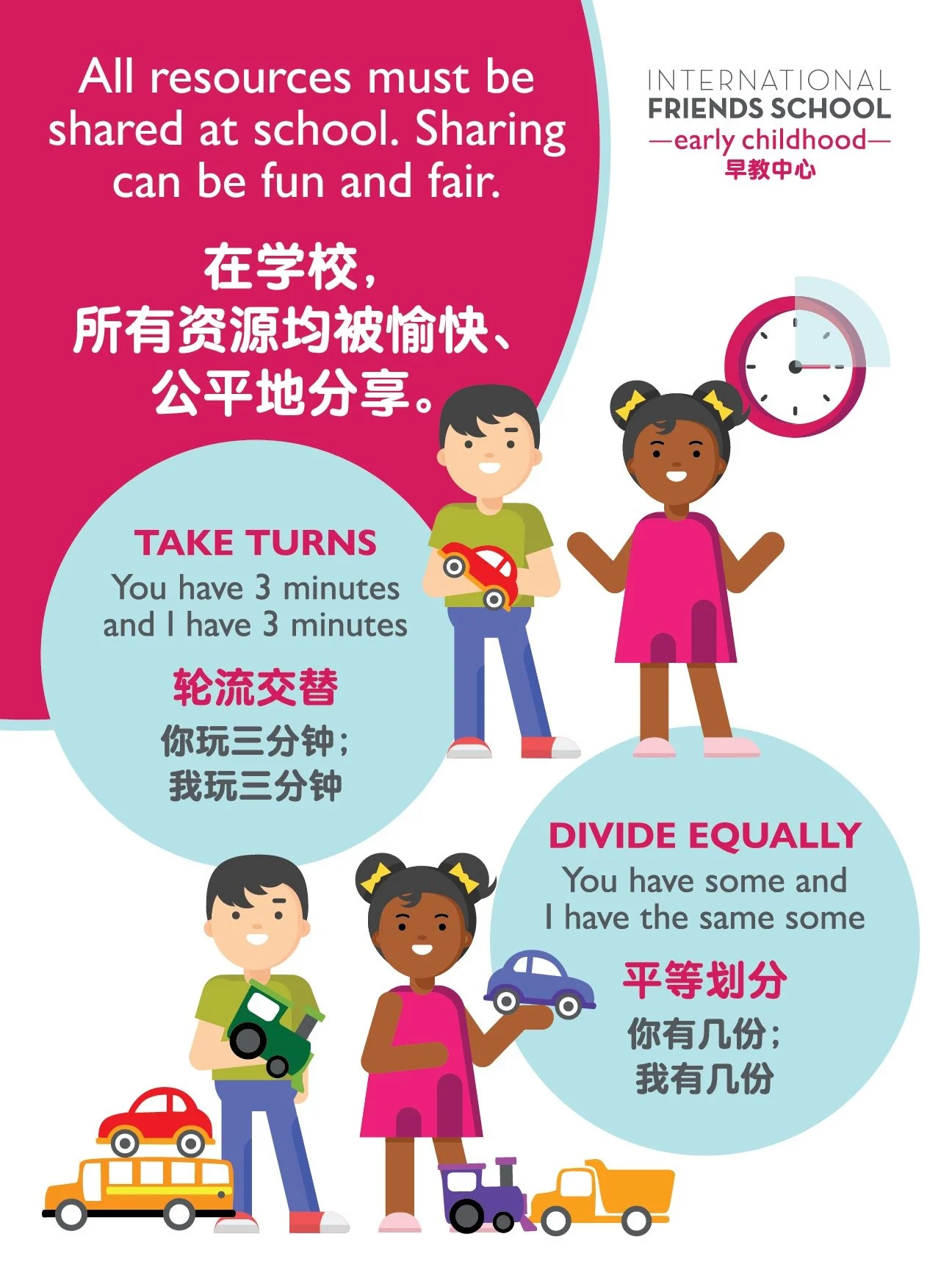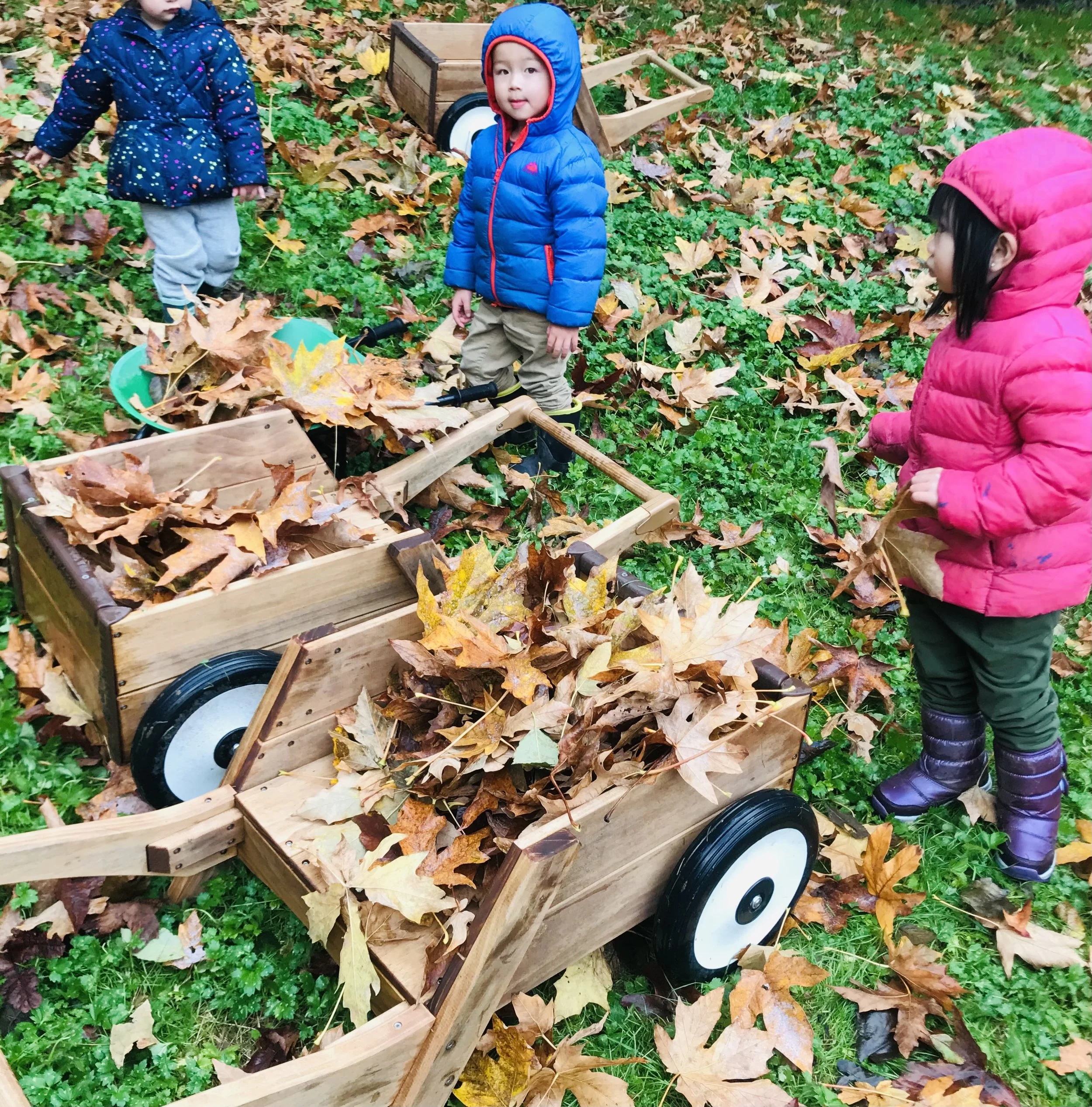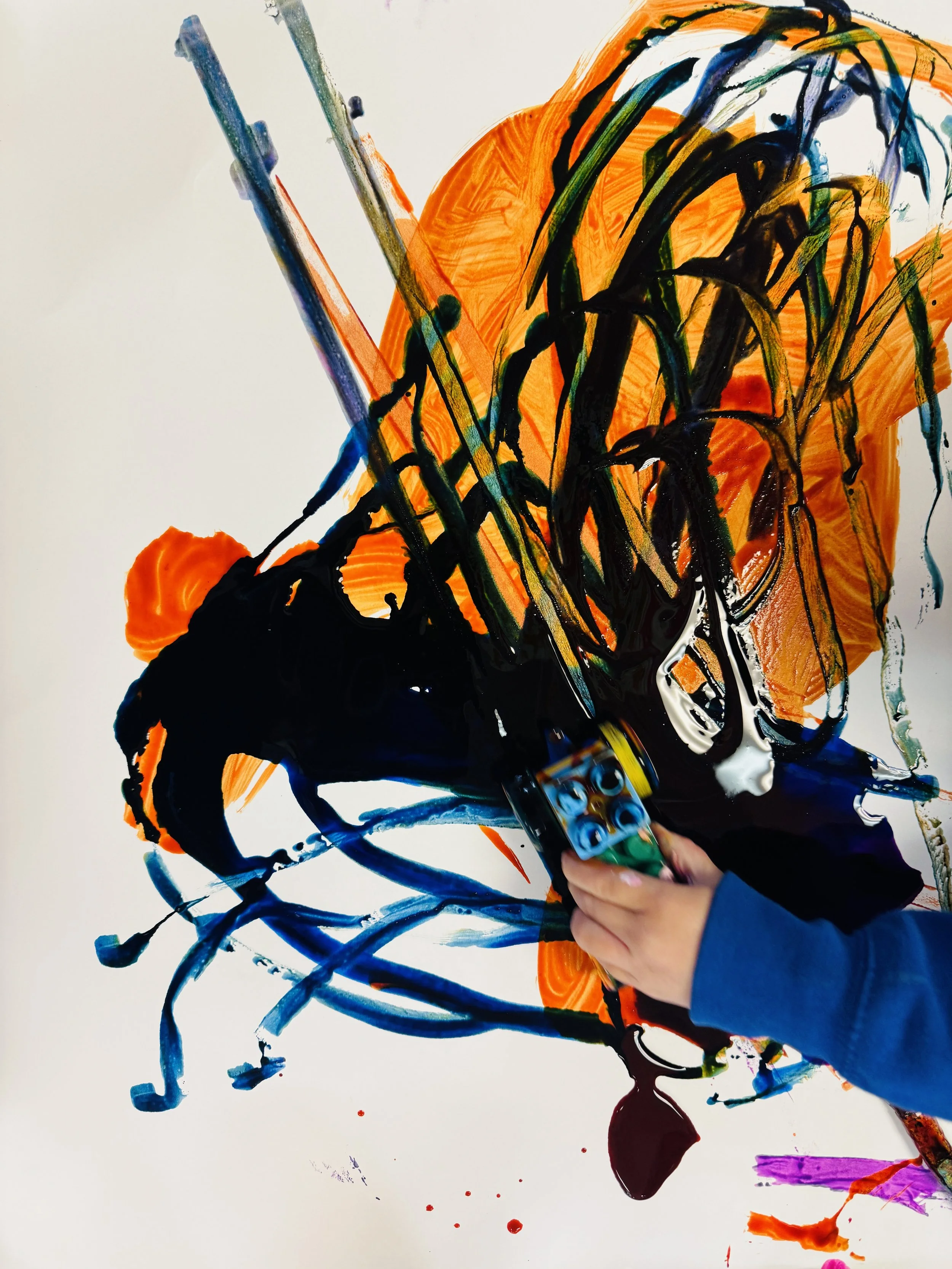
Preschool Program Overview
Teacher-Student Ratio 1 : 6 (max)
Class Size: 16 Students (max)
Class Name: Pandas
Curriculum: The Panda Curriculum occurs in a 90% Mandarin immersion environment. The students have core curricular classes and specialty classes each week, along with two hours of meal and playtime. The curriculum also includes ongoing enrichment, a hallmark feature of our elementary program.
Language Ratio Mandarin 90%, English 5%, Spanish 5%
Learn more about Pre-School Teachers
Sample Schedule
Students in the Panda Classroom are formally assessed 3 times a year on a developmental scale. These robust benchmarks measure everything from expressive speech to gross motor development.
Preschool Learning at IFS
Explore, Create, Solve
Our preschool follows the Reggio Emergent Learning curriculum, a child-centered approach that nurtures exploration, creativity, and problem-solving. We adapt to each child's interests and needs, creating a dynamic and engaging learning environment.
Personalized Development - Executive Functioning
Through Differentiated Executive Functioning Tasks, we support each child's unique development. Our educators tailor activities to build essential skills such as attention, memory, flexibility, and self-control, empowering our young learners to thrive.
Outdoor Play, Rain or Shine
We believe in the importance of outdoor play every day. Our spacious play areas feature age-appropriate equipment and sensory gardens, allowing children to develop gross motor skills, build resilience, and learn from diverse sensory experiences.
Social-Emotional Learning
Social-emotional learning is at the heart of our curriculum. We model and encourage kindness, empathy, and effective communication. Through cooperative play and guided discussions, children learn to express feelings, resolve conflicts, and build lasting friendships in a safe and inclusive environment.
Core Subjects
-
Students begin to learn target vocabulary associated with their projects. They learn to write simple 2-3 stroke characters.
Students all begin to write their names in Mandarin, as they "sign in" every day.
Teacher will include target vocabulary based on the emergent curriculum.
Students begin to write their
-
Preschool Math is sequentially developed to help support the early exploration of:
Number Sense - Matching quantities of numbers 1-10 (OR 1-20 depending on level of child)
Counting & Cardinality - Counting with 1:1 matching to 10 (or 20 depending on level of child)
Early subtraction + addition with numbers to 1-5,( or 1-10 depending on level of child)
Measurement and Data. Students begin to look at out numbers can be presented as information on different types of charts and graphs.
-
Child-Centered Learning and Creativity: The Reggio approach empowers children to lead their own learning journey, exploring topics that genuinely interest them. This fosters creativity, imagination, and a deep love for learning from an early age.
Development of Critical Thinking and Problem-Solving Skills: Through hands-on projects and exploration, children learn to ask questions, seek answers, and solve problems independently. This approach nurtures critical thinking skills essential for future academic success.
Enhanced Social and Communication Skills: Project-based learning encourages collaboration, teamwork, and effective communication. Children learn to express their ideas, listen to others, and work together towards common goals.
Real-World Connections and Practical Skills: The Reggio approach connects learning to real-world experiences, making education relevant and meaningful. Children develop practical skills like research, documentation, and time management, preparing them for future challenges.
Respect for Individual Differences and Holistic Development: This approach respects each child's unique pace and learning style, allowing for personalized learning experiences. It promotes holistic development, nurturing cognitive, social, emotional, and physical growth simultaneously.
These points encapsulate the core benefits of the Reggio Emilia approach, emphasizing its focus on child-led, creative, and practical learning that prepares children for future success.
-
Students in Preschool begin to go through the alphabet, learning the sound - symbol correspondence for their letters.
They also begin to learn the parts of the book in English: Front Cover, Back Cover, Spine, Name, Writer + Illustrator.
Students begin to write their name in English and begin to add writing to their own stories.
-
Self-awareness: Identify and name basic emotions
Self-regulation: Practice simple calming techniques
Empathy: Recognize others' feelings and show care
Social skills: Take turns and share with peers
Problem-solving: Use words to resolve simple conflicts
Confidence: Express likes and dislikes
Cooperation: Work together on group tasks
Responsibility: Complete age-appropriate classroom jobs
Diversity: Appreciate differences among classmates
Positive relationships: Form friendships and interact kindly
Specialty Subjects
-
Gross motor skills: Run, jump, hop, and skip
Balance: Stand on one foot and walk on a line
Ball skills: Throw, catch, and kick balls of various sizes
Coordination: Perform simple obstacle courses
Body awareness: Identify body parts and their movements
Teamwork: Participate in group games and activities
-
At IFS, we foster creativity, sensory development, and self-expression, aligning with the Reggio Emilia philosophy that views children as competent, curious, and capable of constructing their own learning experiences.
Exploratory Painting: Using various tools and techniques to explore color and texture.
Nature Collages: Creating collages with natural materials collected during outdoor explorations.
Light and Shadow Play: Using light tables, projectors, and translucent materials to explore light and shadows.
Group Mural Projects: Collaborating on large-scale murals that reflect the children's collective ideas and experiences.
Story-Based Art: Creating visual representations of stories and narratives that children are interested in.
-
Our Spanish Language curriculum, taught by a native speaker, is designed to help children develop an ear, for the 3rd most spoken language in the world:
Greetings: Use basic hello/goodbye phrases
Numbers: Count from 1 to 10 in Spanish
Colors: Identify and name primary colors
Animals: Recognize and name common animals
Family: Use words for immediate family members
Songs: Sing simple Spanish songs or rhymes
-
Rhythm: Clap and move to steady beats
Singing: Match pitch and sing simple melodies
Listening: Identify different instruments and sounds
Movement: Respond to music through dance and gestures
Instruments: Explore and play basic percussion instruments
Creativity: Improvise simple rhythms and melodies
sing do, la sol and mi using hand symbols.
show the direction the notes go (up, down, stay the same).
-
IFS Preschool Students care for the IFS animals, feeding them fresh vegetables from the garden or making sure that they have fresh water.
-
Starting in April, our preschoolers embark on weekly walks to nearby Wilburton Park or the Bellevue Botanical Garden. These excursions are just a short distance from IFS, offering a wonderful opportunity for exploration and play.
Our students absolutely love playing on the big field, engaging with hula hoops, parachutes, and more. These outings are not only fun but also provide an invaluable early community experience, fostering a sense of wonder and connection with nature.
Exploring Powerful Interactions:
Project Based Emergent Learning in Preschool
A Long, Long Time Ago
-
Early Writing is critical to develop strong creativity and the transmission of ideas onto paper.
Students are encouraged to learn about different kinds of lines and how most languages have a writing system that uses a form of lines.
Students draw, paint and practice different kinds of lines every day.
-
Teachers record the children's stories from their Daily Drawing Book, show them how writing works, and encourage them to begin writing simple letters and words themselves.
-
By studying different languages such as Standard Arabic, English, Japanese, and Mandarin, students learn that each country has a different writing system and that writing all serves the same function: communicating ideas.
Learning About Myself
-
Project Me is a 7-week project that explores who the child is in their life:
Where did their name come from?
Where do their mother and father come from?
What does their flag (flags) look like?
What do they love to do?
What is their favorite color?
What do they love to learn?
-
Each Project Me is distinctly characteristic of the child themselves.
Students use a variety of mixed media to bring the story of their life onto a large poster board canvas.
By returning to their work each day, they develop a strong sense of ownership + pride.
-
Student begins to identify, and relate to, their family story:
Where does their family come from?
Who are they in their family?
Who are their grandparents, aunts, and uncles? Where do they live?
What is Healthy?
-
Students learn common radicals and characters associated with Food + Drink.
Students are guided to understand the difference between healthy foods and unhealthy foods.
They begin to cook more in the classroom, learning how ingredients come together to make delicious food.
-
Basic Nutrition Understanding: Students will identify and categorize foods into basic nutritional groups (e.g., fruits, vegetables, grains, proteins). They will understand that different foods provide different nutrients necessary for growth and health.
Plant Life Cycle and Food Sources: Children will learn about the basic life cycle of plants, focusing on edible plants. They will understand that many healthy foods come from plants and can identify common fruits and vegetables and their plant sources.
Body and Food Relationship: Students will explore how food affects the body, understanding that healthy foods help them grow, provide energy, and keep them well. They will learn to associate specific foods with their benefits (e.g., milk for strong bones).
Healthy Habits and Choices: Preschoolers will learn to distinguish between healthy and less healthy food choices. They will understand the importance of balanced meals and develop awareness of basic healthy eating habits, including proper handwashing before meals and the concept of moderation.
These standards provide a foundation for understanding the relationship between food, health, and the natural world, appropriate for preschool-level science learning.
-
Here are the social-emotional standards for a preschool unit on healthy food, focusing on being open-minded to try new things:
Curiosity and Openness to New Experiences: Students will demonstrate willingness to explore and taste unfamiliar healthy foods. They will learn to approach new experiences with a positive, curious attitude.
Emotional Awareness and Expression: Children will identify and express their feelings about trying new foods. They will learn to use words to describe their likes, dislikes, and hesitations in a respectful manner.
Self-Regulation and Persistence: Students will practice managing their reactions to unfamiliar foods. They will learn strategies to calm themselves when feeling uncertain and persist in trying new things even if they're initially unsure.
Respect for Diversity in Food Preferences: Preschoolers will recognize that people have different food preferences and cultural food traditions. They will learn to respect these differences and understand that it's okay to have different likes and dislikes.
Cooperation and Shared Experiences: Children will engage in collaborative food-related activities, such as preparing simple snacks together. They will learn to share their experiences and encourage peers in trying new foods.
These standards aim to develop important social-emotional skills within the context of exploring healthy foods, promoting openness, respect, and emotional intelligence.



